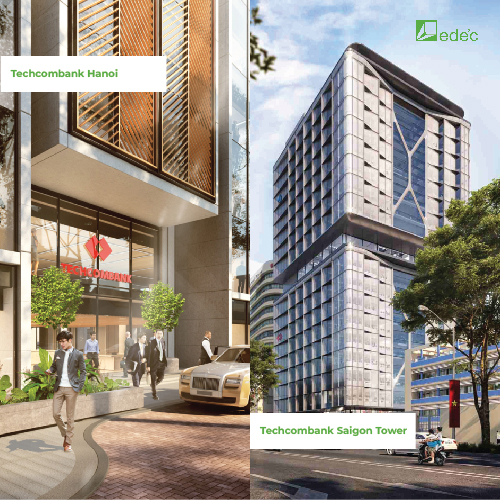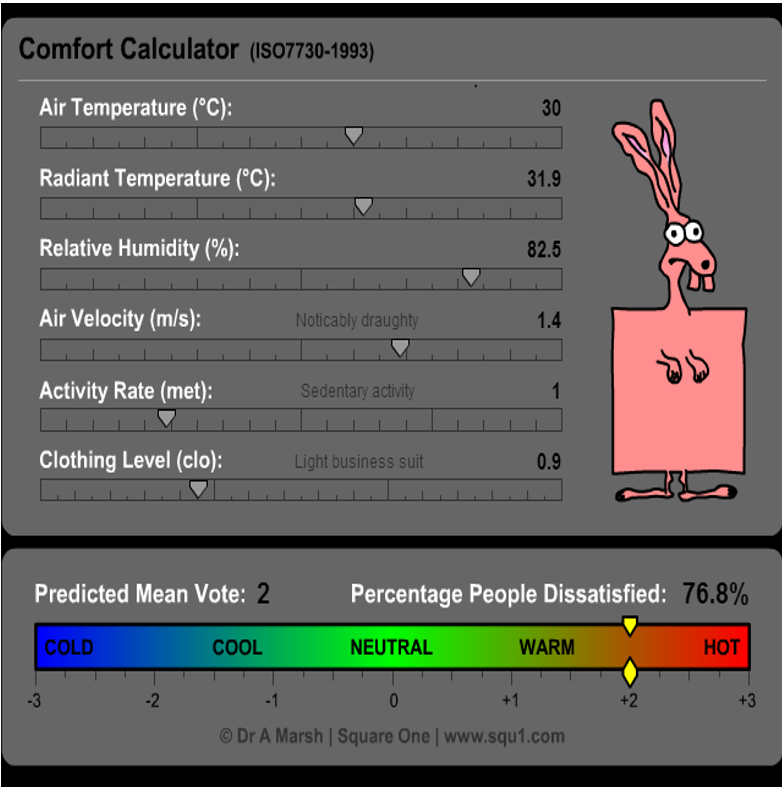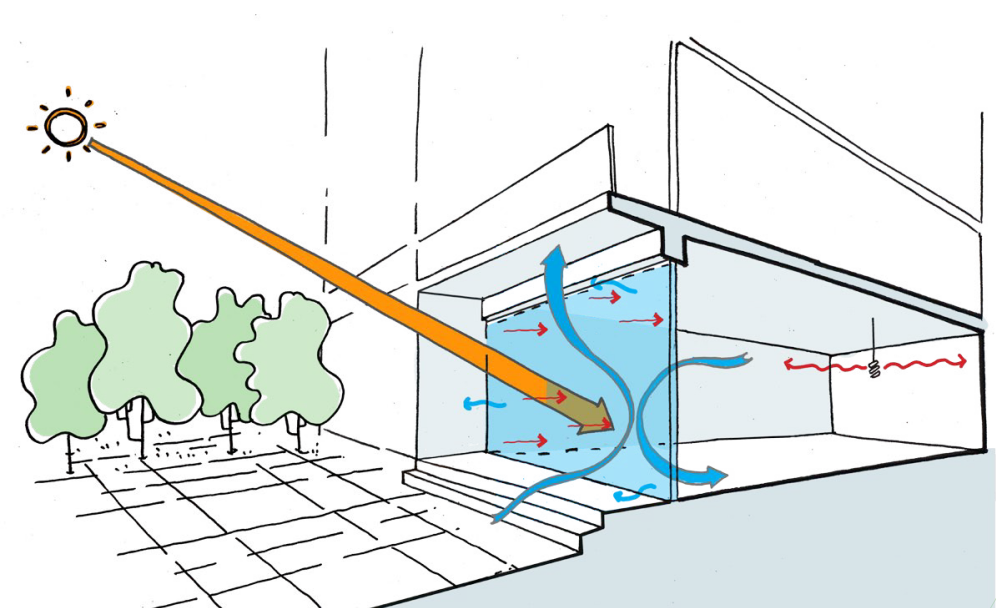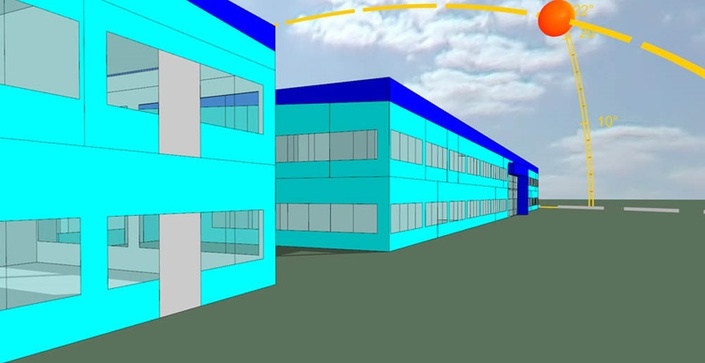RESOURCES
Keeping up with energy efficiency trends in building design

Building Energy Efficiency Design Trends
In recent years, society as a whole has been experiencing rapid transformations (in awareness and action) related to environmental issues. Therefore, the issue of energy efficiency in construction is increasingly concerned, not only in the field of production and business (energy) but also in the world of architects and engineers in general. However, designing an integrated architecture with energy efficiency is still a difficult task due to many barriers.
- Firstly, professionally, many architects and engineers have not been fully equipped with knowledge and skills in Energy Efficient Architecture design, so putting them into practice will be difficult. There are certain concerns.
- Secondly, many investors do not care and fully understand the economic and environmental benefits of Energy Saving Architecture, so energy-saving requirements are often not clearly stated in the design tasks assigned to architectural consulting contractors. Furthermore, the legal pathway and procedures for approving construction projects have not made energy conservation a prerequisite, making this design practice an energy-saving trend like “fashion”; it’s good to have it; if not, it’s fine.
Benefits of following Energy Efficient Design Trends
Following the trend of energy-efficient design can provide the following benefits:
- Helps the building consume less energy than normal buildings of the same type. Many buildings can reach net-zero energy (total energy consumed in 1 year is equal to total energy produced in the same period) or positive energy. Currently, many net-zero energy buildings have been built, not just theoretical models.
- Reduced energy consumption in buildings leads to a reduction in carbon emissions and adverse environmental impacts. In this way, energy-saving buildings make a positive contribution to the trend of sustainable development.
- Energy efficiency is saving resources, and bringing long-term financial benefits to project owners.
- Energy efficient architectures are often better able to adapt to weather changes, climate change, and natural disasters.

Photo 1: Palmyra House, Alibagh, India – Aga Khan Award – a typical natural ventilated tropical architecture (Architect Bijoy Jain – studio Mumbai) (Source: http://www.akdn.org)
Solutions to implement Energy Efficient Building Design
A traditional or folk architecture building is completely non-fossil energy and can provide basic comforts for people. Modern buildings have higher comfort requirements, so energy saving is always a smooth combination of passive design solutions and active design. In order not to miss out on the general energy-saving trend and achieve maximum efficiency, investors and construction contractors can refer to the following solutions:
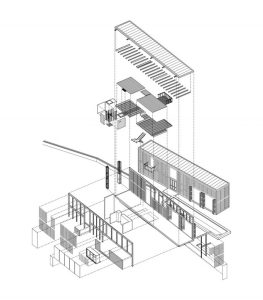
Passive design
Passive design is a term commonly used in architectural design in Western countries. This term refers to design solutions (including planning solutions, architecture, structure, use of materials, etc.) that are suitable to the natural conditions and climate of the construction site, in order to ensure maximum comfort in the building and its operation, and at the same time reduce energy use so that the building can operate normally. Passive design solutions are often completely based on energy sources available in nature.
Possible passive design solutions in Vietnam
- Controlling heat flow in and out of the building passively: Using insulation materials for the cover, using glass with low SHGC coefficient (less absorption of solar radiation), green roofs, tree-covered interior walls, use light-colored cover, shade, and shade, water tank on the roof (spray water).
- Natural ventilation: This is a passive solution with substantial benefits, bringing comfort and health to users, and must be applied in Vietnam.
- Passive evaporative cooling(watering on the patio, and roof).
- Heat block and natural ventilation at night: Cooling heat blocks such as thick walls, floors, concrete, and lakes in the building at night by ventilation during the day the heat blocks will absorb heat inside the building, helping maintain a comfortable temperature. This is the principle that French villas in Vietnam often exploit.
- Thin and light structure, good insulation: Helps the building not get hot during the day, and cools quickly at night, reaching the ambient temperature quickly. If it is well ventilated at night, it will provide a highly comfortable environment. This solution is often exploited by folk houses in Vietnam (thatched cottages, earthen walls, proper ventilation).
- Enclosure thermal hysteresis control: Causes the enclosure’s inner surface temperature to peak at the desired time. For example: Choose a cover structure for an office with a heat delay of about 8 hours, so that the maximum interior temperature falls at 8 pm, when the office is closed, without causing discomfort to everyone.
- Stabilizing heat by ground mass: by being built underground, the soil roof provides a stable temperature throughout the year, keeping the building cool in summer and warm in winter.
Heating by solar radiation: Trombe walls, equator-facing glass walls, solar rooms, solar water heaters.
- Using trees, water surfaces, and green carpets to improve the microclimate around the building.
- Direct and indirect light.
- Collect rainwater and reuse it.
- Anti-fouling in the North.
- Hybrid solutions (passive and active): Ventilation through underground heat exchanger tubes, direct evaporative cooling (mist) or indirect (special equipment required), pump geothermal (takes cooling and heating water from the ground or rivers, lakes, sea).
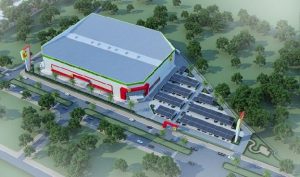
Passive design trends for energy efficiency:
Through a process of many years of research, application, and verification, we would like to make recommendations for passive design solutions with priority for architecture in Vietnam’s climate conditions as follows:
- East, and West facing walls and roof must be well insulated (Minimum Heat Resistance 2.5m2.K/W).
- The cover should be bright white.
- East and west glazing should be completely protected from the sun.
- Organize proper natural ventilation for all living rooms, paying attention to prioritizing cross ventilation.
- Windows, doors, and glass walls with roofs to cover the sun and rain.
- In the North of our country, architecture must ensure airtightness when closing the door (anti-cold).
- Architecture associated with trees, water surfaces, and grass.
Common mistakes of architects
Through practice, we also discovered the very common shortcomings in the perception of passive design of architects as follows:
- A brick wall with a thickness of 20 does not need insulation (in fact, the East-West directions need more insulation, at least 40cm thick).
- North-South glass doors do not need shading because there is no sun (actually it depends on the region, but there is always a need for shading in the North and South directions).
- The East-facing direction is milder than the West direction, so the east window can be opened comfortably without fear of the sun (in fact, the radiation amount is exactly the same).
Architecture is always open for maximum ventilation without needing to close (though, actually, you need to be able to close in order to control dust, noise, cold air, adverse wind, Lao wind…).
- A corrugated iron roof only needs to close the ceiling and have 1 layer of insulation to not get hot (actually, it needs 1 layer of EPS insulation with a thickness of up to 100mm to meet the insulation requirements).
- Low-E glass wall can resist solar radiation, so it doesn’t require shading and can be used comfortably. In fact, the different types of glass have much inferior performance, but the ability to limit heat transfer into the house of all types of glass is far less effective than that of the non-translucent covering structure.
Proactive design measures
Active design measures are solutions that use machinery, operating technology, and equipment to exploit natural energy sources to ensure the comfort and operation of the building. Pursuing the energy-saving trend, the most common active design solution is the use of an air-conditioning or heating system to ensure thermal comfort and sanitary requirements in the building. It also includes solutions that use energy batteries, wind turbines, heat pumps from the ground, efficient energy management systems, and water recycling collection systems.
Recommended proactive design solutions
- Exploiting renewable energy: Using solar batteries, wind turbines (coastal), and solar-powered water heaters.
- High-efficiency energy-consuming equipment: Inverter air conditioners, LED lighting with control solutions (light sensor, human sensor, dimmer), ventilation heat recovery devices, and rainwater and wastewater collection and reuse.
- Using energy with high efficiency: Co-generation of heat – electricity (Generators utilize waste heat as heating energy), geothermal pumps, ventilators exchange heat with the ground…
Applications of Energy Simulation and Energy Efficient Building Design
Recently, the term “Building Energy Simulation/Building Energy Modeling” has begun to be mentioned and spread in the construction community. In its essence, Energy Simulation is the work of digitizing the entire actual operation of the building to predict in advance all problems related to the air environment, natural lighting, energy systems such as lights, equipment, the entire air-conditioning system, operating costs of the building, etc. to optimize energy consumption and construction costs.
Building Energy Simulation has proven itself capable of solving many complex architectural problems that conventional methods cannot solve in the energy-efficient design process. For example, the design option’s an accurate prediction of natural ventilation, energy-saving, and environmental impacts… According to Mr. Tran Thanh Vu, “Leading” Energy Saving Design Specialist in Vietnam said: “Energy-saving buildings and Energy Simulation applications can absolutely not increase investment costs when the required energy is minimized, and can even reduce investment costs and performance costs, optimizing Profits and shortening the payback period for investors.” This is an opportunity for every project to be Designed Right, Built Right, and Operated Right.”
Catch up with the trend of energy saving with Pioneer Experts to consult and implement ENERGY EFFECTIVE WORK DESIGN in Vietnam here!
(Reference article of Dr. Architect Nguyen Anh Tuan – Architect Tran Thi Thuc Linh on tapchikientruc.com.vn)

